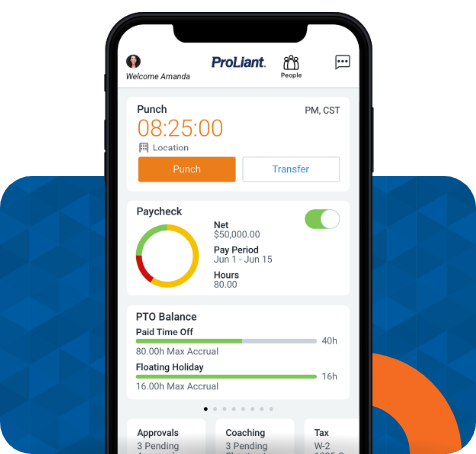Welcome to the world of Learning Management Systems (LMS), where digital magic meets organizational success! An LMS is your ally in managing, delivering, and tracking learning endeavors—from employee training to academic journeys. Let's find the perfect LMS match that boosts engagement, supercharges skill development, and transforms learning into a delightful experience.
Understanding Your Needs
Assess your learning needs based on organization size, course types, and integration for scalability. Determine if you need agile solutions for a small team, customization for a mid-sized organization, or robust scalability for a large enterprise. Evaluate course types and content alignment with employee roles. Ensure LMS scalability and integration with existing systems for a seamless learning environment.
Key Features to Look For
When exploring LMS, know the key features for success. Here are the key features to look for when selecting an LMS:
- User-Friendly Interface: Look for an LMS with an intuitive interface for easy navigation that encourages active participation in learning activities.
- Course Creation Tools: Evaluate the LMS's capabilities such as drag-and-drop course builders and multimedia support.
- Customization Options: Ensure the LMS offers branding and user role customization to help personalize the learning experience.
- Reporting and Analytics: Prioritize customizable reports and real-time analytics to help identify areas for improvement.
- Mobile Compatibility: Choose an LMS that is mobile-responsive for flexibility and fostering continuous learning experiences.
- Support Services: Consider available onboarding assistance and technical support to ensure a smooth and successful LMS implementation.
Deployment Options
When choosing an LMS, a critical decision is cloud-based vs. self-hosted deployment. Let's compare these options:
Cloud-Based LMS:
- Pros: Provides scalability, flexibility, and accessibility with lower upfront costs, managed by the LMS provider, reducing IT workload.
- Cons: Relies on internet connectivity for access, may have ongoing subscription fees, and data security may depend on the provider's measures.
Self-Hosted LMS:
- Pros: Allows full control and customization, suited for secure or compliant organizations. Cost-effective for larger organizations over time.
- Cons: Requires dedicated IT resources for maintenance, updates, and security. Initial setup costs and infrastructure investments can be higher.
Integration Capabilities
LMS integration is crucial for effectiveness. Let's explore its benefits in today's digital landscape:
- Importance of LMS Integration: Integrating your LMS with HRIS, CRM, content tools, and e-commerce platforms streamlines processes, enhances efficiency, and improves user experience through seamless data exchange and centralized management.
- Benefits of Seamless Data Flow: Seamless data flow via integration reduces manual entry and errors, and ensures consistency. It enables real-time updates, personalized learning, and data-driven decisions, saving time and boosting productivity.
Scalability and Flexibility
Scalability and flexibility are key factors to consider when evaluating a Learning Management System (LMS) for your organization's needs. Let's delve into why these aspects are crucial:
- Scalability for Growth: Assess the LMS's scalability for growing learner numbers and evolving training demands with increased capacity, course offerings, and infrastructure.
- Adaptability to Evolving Needs: A flexible LMS adapts to changing needs. Seek customization for long-term effectiveness in workflows, branding, and learning goals.
- Importance of Flexible Pricing: Flexible pricing is crucial for budget and scalability. Evaluate user-based licensing or tiered plans for cost optimization.
- Customization Options: Look for an LMS with extensive customization for a tailored learning experience, balancing usability and scalability.
User Experience and Training
User experience (UX) and comprehensive training play pivotal roles in maximizing the effectiveness of a Learning Management System (LMS). Let's explore their importance:
- Significance of User Experience (UX): UX is crucial for engagement. Choose an LMS with a user-friendly interface, responsive design, and intuitive navigation for active participation.
- Comprehensive Training and Support: Training and support are essential for administrators, instructors, and learners. Provide onboarding, content creation training, and clear instructions for confident navigation.
Conclusion
We encourage readers to use the outlined criteria and considerations discussed in this guide when choosing the right LMS for their organization, such as ProLiant's Learning Management System. By prioritizing the needs of learners, administrators, and stakeholders, organizations can leverage the power of an effective LMS like ProLiant's to enhance training, drive engagement, and achieve their strategic goals.









No Comments Yet
Let us know what you think